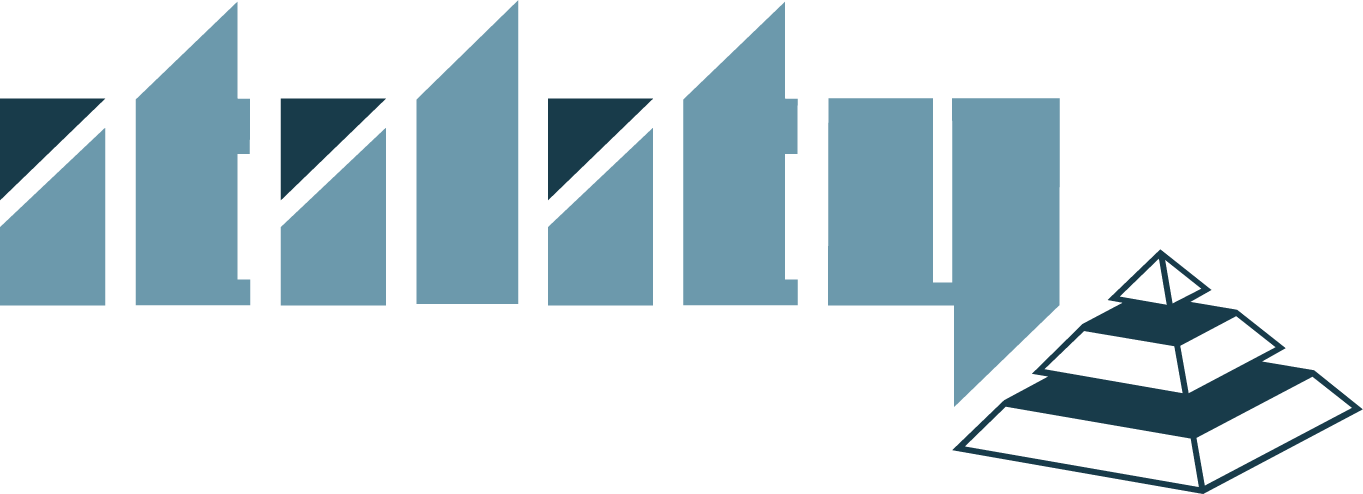
Overview
AppWashing: A Systematic Approach to Application Analysis and Design
Key Benefits of AppWashing:
- Reduced Risk: Mitigates risks associated with application modernization by following a structured approach.
- Improved Decision-Making: Provides data-driven insights to support informed decisions.
- Accelerated Time-to-Market: Streamlines the application modernization process.
- Enhanced Application Quality: Ensures that modernized applications are reliable, scalable, and maintainable.
AppWashing is a comprehensive methodology that guides organizations through a structured approach to application analysis and design. It breaks down the process into four key phases: Strategy, Discovery, Assessment, and Decisioning.
Phase 1: Strategy This initial phase involves defining the overall goals and objectives of the application modernization project. Key activities include:
- Business Alignment: Understanding the business drivers and strategic priorities for the project.
- Target Architecture Definition: Establishing a clear vision for the future state of the application landscape.
- Risk Assessment: Identifying potential risks and challenges that may impact the project.
Phase 2: Discovery In the Discovery phase, a deep dive into the existing application landscape is conducted. This includes:
- Application Inventory: Creating a comprehensive inventory of all applications, their dependencies, and their current state.
- Technology Assessment: Evaluating the technology stack, identifying outdated components, and assessing compatibility with the target architecture.
- Data Analysis: Analyzing data flows, data quality, and data migration requirements.
Phase 3: Assessment The Assessment phase focuses on evaluating the applications against the defined strategy and target architecture. Key activities include:
- Application Prioritization: Identifying critical applications that require immediate attention based on business value and technical complexity.
- Migration Assessment: Evaluating potential migration strategies (lift & shift, replatforming, refactoring) for each application.
- Cost-Benefit Analysis: Assessing the financial implications of different migration approaches.
Phase 4: Decisioning In the final Decisioning phase, informed decisions are made regarding the future of each application. This includes:
- Migration Strategy Selection: Selecting the most appropriate migration strategy for each application based on technical feasibility, cost, security and business impact.
- Resource Allocation: Allocating resources (budget, personnel) to execute the migration plan.
- Project Planning: Developing a detailed project plan, including timelines, milestones, and dependencies.
AppWashing provides a structured roadmap for application modernization, while AWS Cloud Foundation ensures the cloud environment is optimized for security, performance, and cost-efficiency. When combined, these methodologies offer organizations a low-risk, high-impact approach to cloud transformation, ensuring optimal AWS resource utilization while enabling innovation and scalability.
Highlights
- Increased Efficiency and reduced Risk
- To-Be application view infrastructure design with suitable migration strategy
- Application dependency transparency and mitigation plan for technical debt
Details
Introducing multi-product solutions
You can now purchase comprehensive solutions tailored to use cases and industries.

Pricing
Custom pricing options
How can we make this page better?

Legal
Content disclaimer
Support
Vendor support
Eindhoven (HQ) Flight Forum 3360 5657 EW, Eindhoven The Netherlands
info@itility.nl +31 (0)88 00 46 100
San Diego 13500 Evening Creek Dr N #110 San Diego, CA 92128 United States
info@us-itility.com +1-888-354-1966
Silicon Valley 333 West San Carlos Street 6th floor San Jose, CA 95110 United States
info@us-itility.com +1-888-354-1966
Frankfurt Frankfurter Str. 80-82 65760 Eschborn Frankfurt Deutschland
kontakt@itility.de +49-619 677 122 01